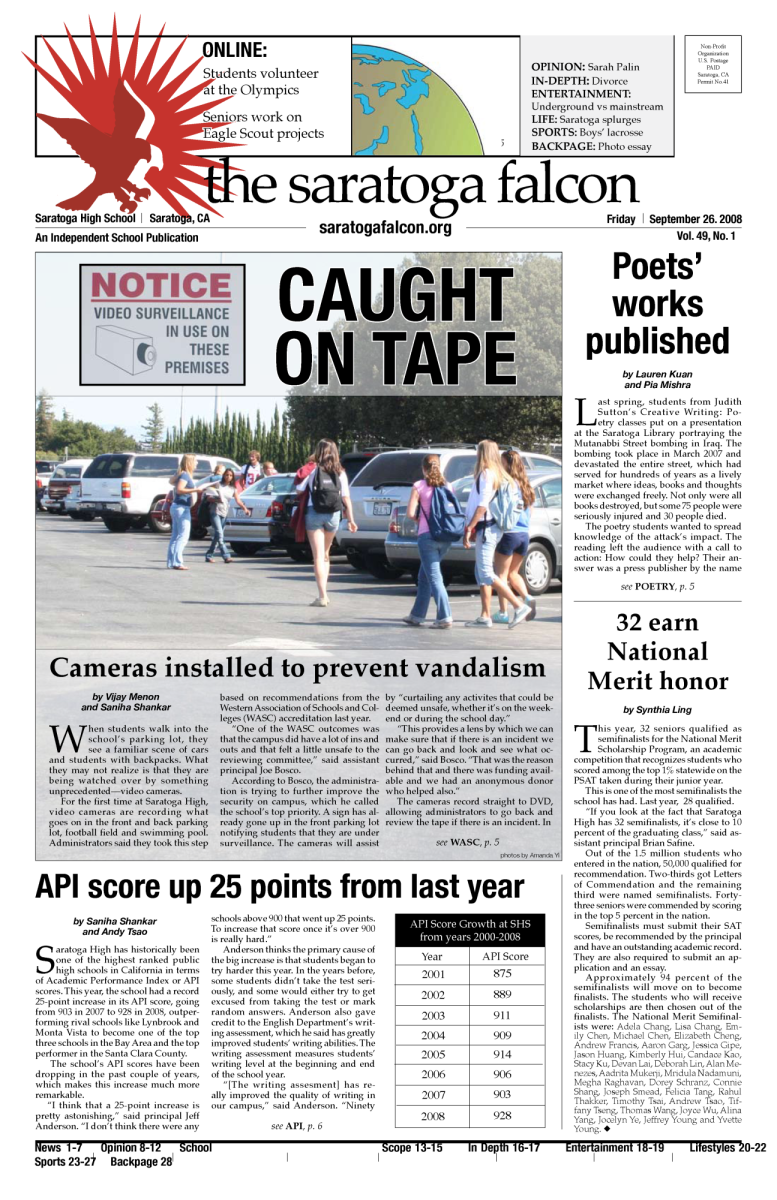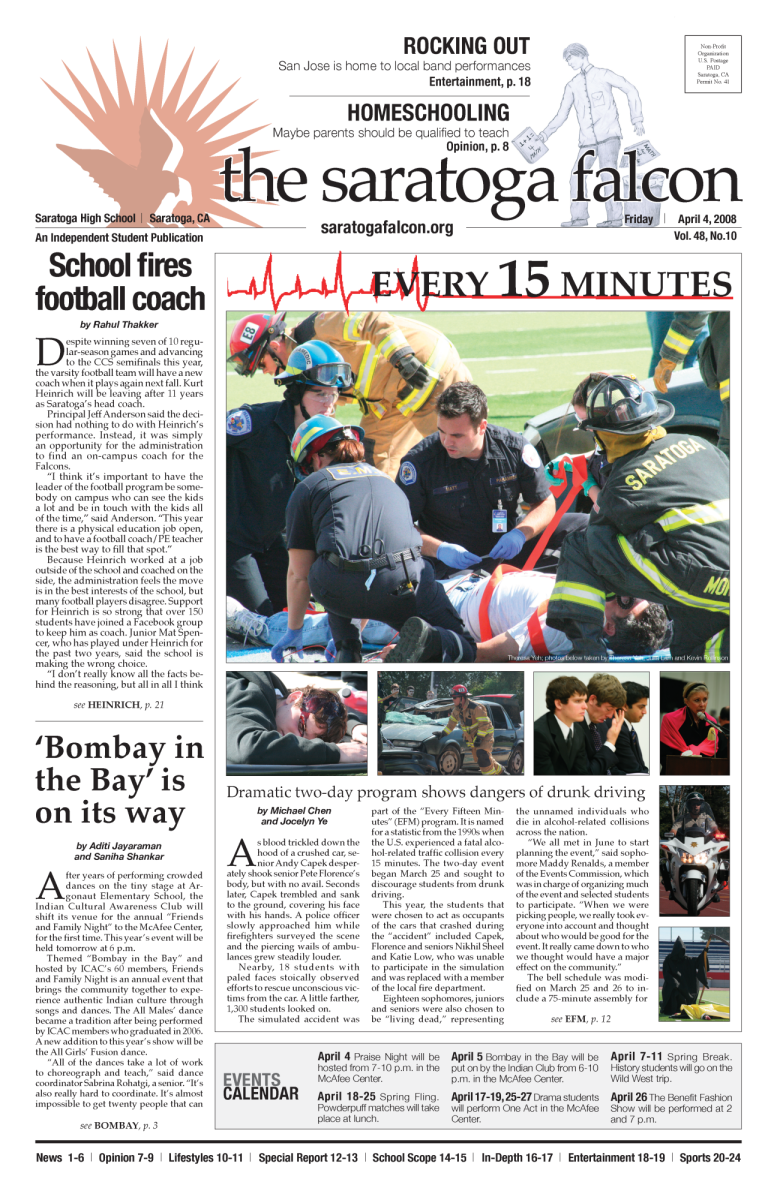Scrambling for the first down against the Buffalo Bills in 2001 regular reason, Tom Brady, the quarterback of the New England Patriots, rushed toward the right sideline. Thinking he had an open lane, Brady accelerated, only to be met by former cornerback Nate Clements. Clements lowered his shoulder, pancaking Brady to the turf and knocking his helmet off of his head, resulting in one of the hardest hits in Brady’s career.
Although Brady got up and seemed fine after the hard hit, collisions like these usually cause long-term brain damage.
Big hits like these are commonplace in the NFL, leading to severe injuries such as concussions and long term brain injuries such as Chronic Traumatic Encephalopathy (CTE). These life-changing injuries are a reason the NFL has the shortest career length of 3.3 years, compared to other popular sports like basketball (5 years) and baseball (5.6 years).
The average NFL career length dropped from 5.6 years in 2010 to 3.3 years today. According to oldest.org, in the last decade, many NFL players are beginning to retire early because of the wear and tear that their bodies experience throughout a taxing 16-game season and a potential postseason run. In addition, within the last decade, the rate of concussions and torn ACLs and MCLs has increased by 9 percent and 11 percent respectively, negatively affecting their bodies after their career in the NFL. This is caused by the increasing hit power of players, as according to npr.org, the average weight of NFL linebackers has increased from 190 pounds to 300 pounds since the 1930s, leading to harder and more dangerous collisions.
Aside from the injuries, it’s worth noting that the shifting skill sets of younger players challenge the veteran players’ positions on the team.
An example of this is the skill of Patrick Mahomes and Lamar Jackson, two of the elite quarterbacks in the NFL. These two have ushered in a new generation of football players, transitioning from an era of pocket passer dominant quarterbacks such as two-time Super Bowl champion Peyton Manning to more mobile quarterbacks.
This change in the skillset of various positions often causes veterans to become replaced with younger talent.
One NFL player who has exceeded the barriers of age in the NFL is Brady, one of the best quarterbacks of all time. He is currently 42 and is the second oldest active player in the league behind 46-year-old Indianapolis Colts kicker Adam Vinatieri.
Brady’s ability to throw quick passes and avoid hard hits by defenders is a primary reason he has been able to stay in the league so long.
However, Brady should be seen as an anomaly. Other quarterbacks like Andrew Luck, who are known for their ability to scramble out of the pocket in order to extend plays, take much more physical damage, resulting in earlier retirements (Luck retired at age 29, in the middle of his prime). For instance, former 49ers linebacker Chris Borland retired after just one season, the 2014 season, citing concerns of brain damage as the reason for his retirement.
“The idea that just the basis of the game, repetitive hits, could bring on a cascade of issues later in life, that was, it changed the game for me,” Borland said in an interview with Frontline. I couldn’t really justify playing for money and I think what I wanted to achieve put me at too great a risk so I just decided on another profession.”
Borland’s concerns over head trauma goes along with an overall growing fear over the negative effects of playing tackle football.
According to the California Interscholastic Federation, California had 8,869 fewer high school football players from 2017-18 as compared to 2011-12.
Additionally, some states, such as Illinois, New York and New Jersey have proposed bills banning tackle football for children under age 12.
The increasing awareness of the dangers of tackle football has led to many Saratoga athletes who would have played a generation ago to sit out.
For instance, sophomore Weilin Sun was planning to play cornerback for the high school team. However, his father advised him not to play due to the high injury rate.
“In the course of a game, there’s probably around 90 plays, and usually there are five injuries,” Sun said. “There is a really high injury rate, and my dad doesn’t want me to live with an injury for the rest of my life.”



























